Well, that was a hell of a thing. It wasn’t too bad here in D.C., where only 21,000 people across the region lost power and we had this horse guy to distract us. But New York and New Jersey … well, they have a lot more water than we do at the best of times. Here are the most staggering images I’ve found, so New Yorkers with internet can marvel at what you made it through, and people in drier places can appreciate the magnitude of the storm.
https://twitter.com/passantino/status/263091522503856128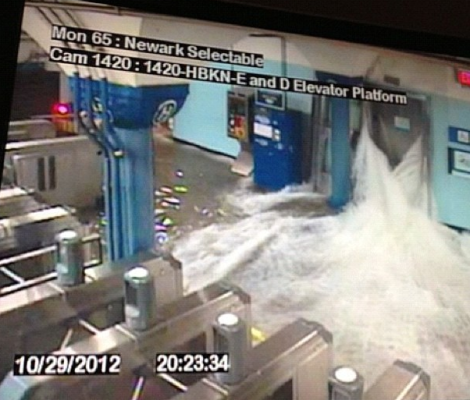
Flooding in a Hoboken PATH commuter rail station.
Here’s video of that last one — it happens about 40 seconds in.
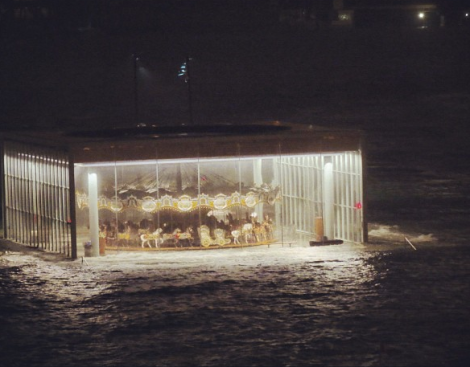
Ana AdjelicJane’s Carousel in Brooklyn Bridge Park, DUMBO.
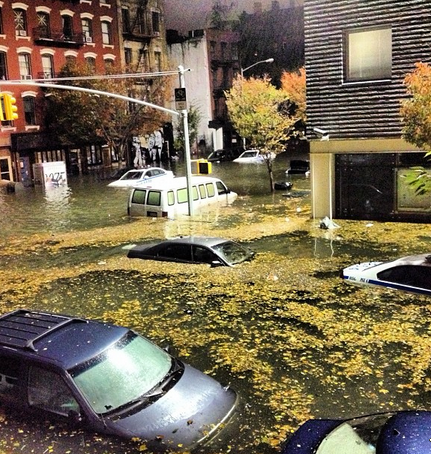
jesseandgregThe East Village.
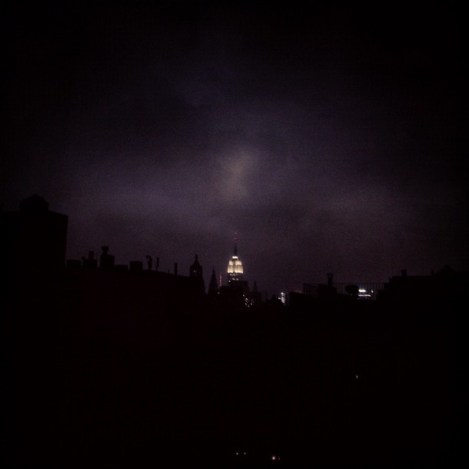
Idan CohenYou keep on keeping on, Empire State Building. (And here’s a closer view.)
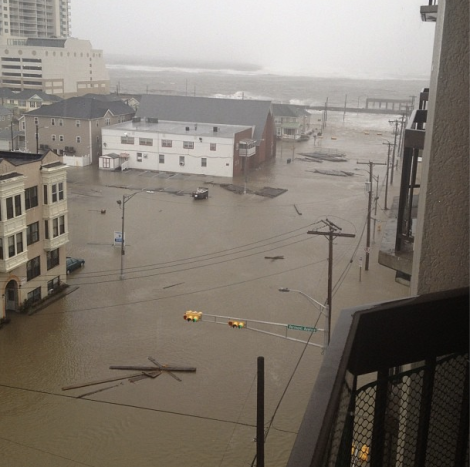
hoebomaAtlantic City on Monday morning, before much of the storm even hit.
UPDATE: You’ll have to click the link, but this photo from Breezy Point is a real gut-puncher.
Breezy Point, New York was absolutely devastated by #Sandy. (Credit: Frank Franklin II, AP) http://t.co/rHUdZOhg
— The Atlantic: Ideas (@TheAtlIdeas) October 30, 2012
And now that you’ve looked at that, you probably want to look at this:

UPDATE: Nice one, Nature. We can’t stay mad at you.
@BrianLehrer Rainbow over the #Gowanus Canal just a little while ago. #Sandy is on her way out. pic.twitter.com/TNavgaFv
— Conor McDonough (@conormcdonough) October 30, 2012
If you’re moved to action, don’t try to donate stuff — after disasters, nonprofits tend to get more than they can process from well-meaning samaritans, and it bogs them down. Donate money to a large organization that can handle the funds, like the Red Cross (which operates emergency shelters) or the Humane Society (which cares for stranded pets). The Red Cross is actually asking for blood donations, because they had to cancel about 100 drives, so you type Os might want to do that — although blood donations after a disaster sometimes turn into a farce of people going “take my blood I want to feel helpful,” and the Red Cross going “we have too much blood go away!” (UPDATE: Buzzfeed has some more info about donations and how to volunteer for the cleanup effort.) And for god’s sake hug the next nurse you see.




